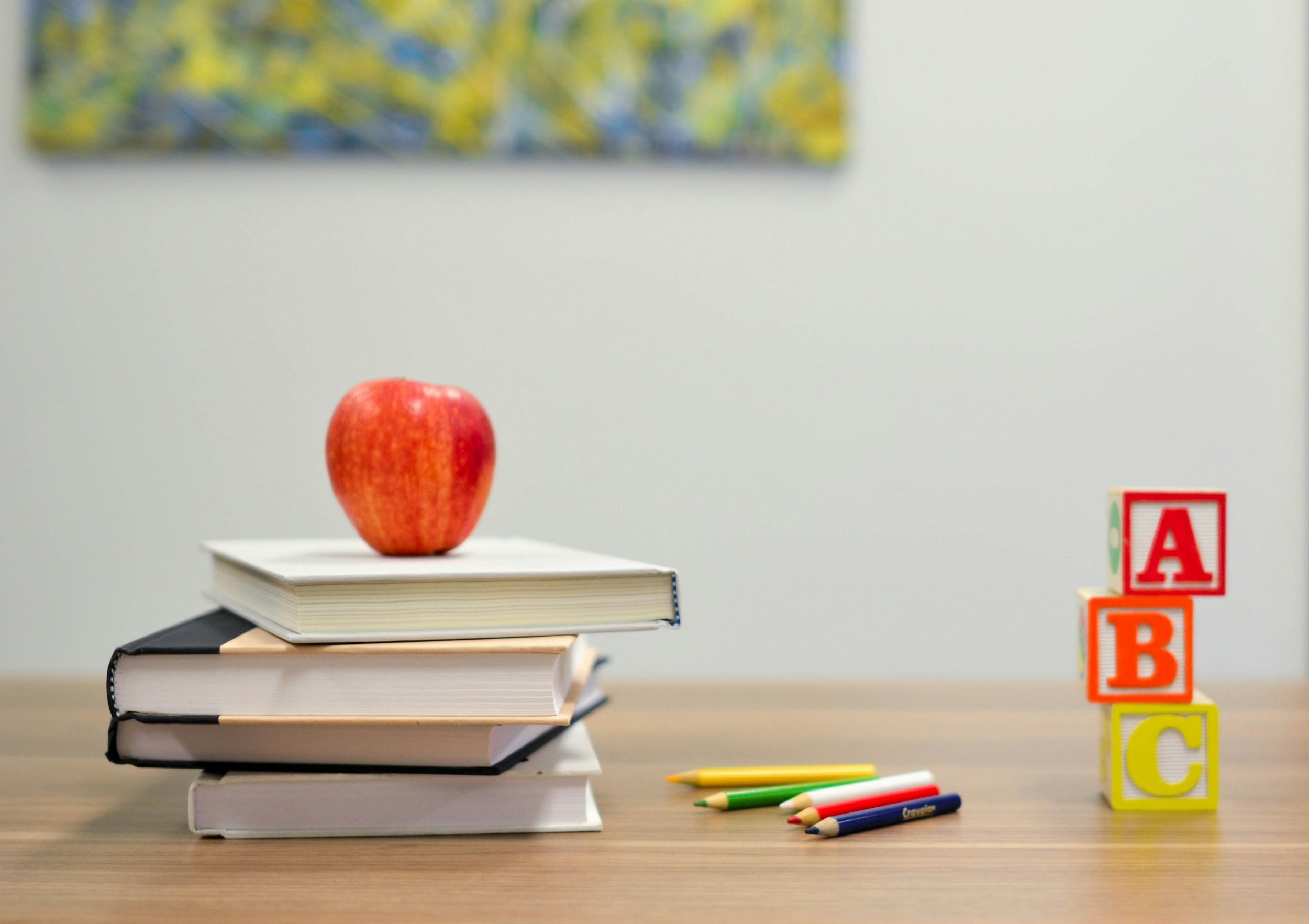Classroom Procedures: Creating a Positive Learning Environment
Understanding Procedures
Procedures are defined as a routine of steps designed to carry out classroom activities effectively. They are a vital component of classroom management, providing the structure and order necessary for an effective learning environment. By implementing clear procedures, we can significantly reduce poor classroom behavior and enhance overall conduct.
The Importance of Structure
When classroom procedures and standards are established, students are more likely to adhere to them, fostering accountability and responsibility. As noted in Better Than Carrots or Sticks, students often express a preference for teachers who exercise authority in a fair and approachable manner. They expect rules, but they want them to be just and supportive.
Reinforcing Procedures
To ensure that students become accustomed to these routines, I will reinforce procedures throughout the school year. Daily mental health checks will provide students with an opportunity to express how they are feeling. For example, students can indicate their emotions by sharing a number that represents their current state. This creates a space for open dialogue, allowing peers to offer helpful suggestions and support.
Each day, I will display a clear outline of the tasks, accompanied by familiar procedures. If new procedures are introduced, I will communicate these explicitly. For instance, I might remind students, “When you finish task one, raise your hand so I can check your work before you move on.” Key phrases like “Remember, once we do… we do…” will be used consistently to reinforce these expectations.
The Impact of Procedures
Establishing clear procedures is essential for creating a prepared learning environment. Students thrive when they know what to expect and how to behave, which leads to increased learning and reduced disruptions. Procedures enhance classroom efficiency, contributing to a healthy and positive flow of activities.
As highlighted in From Discipline to Culturally Responsive Engagement: 45 Classroom Management Strategies, routines and rituals play a significant role in fostering a sense of security and continuity within the classroom. A predictable environment, where expectations are clear and consistent, reduces uncertainty and nurtures a healthy classroom culture.
Classroom Procedures
Daily Mood Check
Each day, students will use the Faces Mood Scale to express how they feel. This will be done as they enter the classroom, providing an opportunity for reflection and discussion.
Students will place their chosen mood indicator on a designated board or chart.
Morning Meeting
Begin each day with a morning meeting where students can share their feelings and thoughts based on their mood check.
Use this time to discuss the day's agenda, goals, and any relevant topics related to mental health, diversity, or academic expectations.
Classroom Activities
Encourage students to participate in activities that promote SEL, including team-building exercises and discussions about diversity and inclusion.
Incorporate academic tasks that allow for collaboration and respect for diverse perspectives.
Classroom Rules
Respect Yourself and Others
Treat everyone with kindness and respect. Listen actively when others are speaking and celebrate differences.
Embrace Diversity
Value and respect everyone’s unique background and perspective. Be open to learning from others.
Engage in Learning
Participate actively in all academic activities. Ask questions, seek help, and contribute to discussions.


